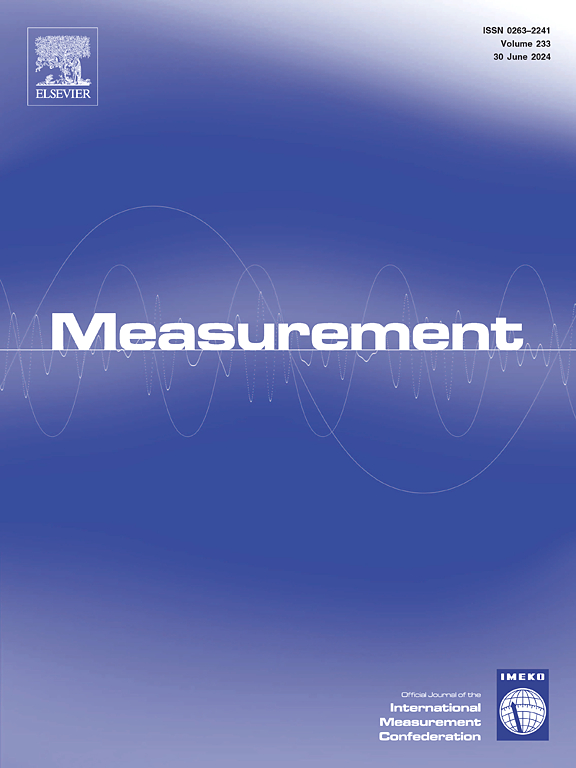Vibration and stability in dry rough milling AZ31B magnesium alloy using end mills with different edge geometry
IF 5.6
2区 工程技术
Q1 ENGINEERING, MULTIDISCIPLINARY
引用次数: 0
Abstract
Modern milling methods should ensure high quality and stability of machining processes. Increased manufacturing demands require the use of advanced machining methods. The aim is to use milling as both a preliminary (rough) and finishing operation, eliminating e.g. the grinding process. Vibrations generated during machining are an integral part of the process, however, they should be minimized. Therefore, the current research focuses on the vibrations analysis during magnesium alloy rough milling. This alloy is often used in various industries and the application and use of magnesium alloys is considered innovative. The main objective of the research was an assessment of vibration and stability during dry end milling processes and to study the influence of machining technological parameters and end mill geometry. The basis of the research carried out is the recording and analysis of the vibration acceleration signal in the time domain. In the research were used end mills with different edge geometry (different rake and helix angles). A frequency domain analysis of selected vibration signals was also performed (Fast Fourier Transform spectral analysis). Vibration acceleration parameters such as maximum, peak-to-peak value, root mean square and Composite Multiscale Entropy were also determined. It was noticed that for certain milling parameters, increasing the rake angle causes a greater degree of disturbance of the measured acceleration signal. In the vast majority of cases observed, the maximum does not exceed 1 m/s2, which may indicate a very good stability of the implemented process, despite the use of effective, high values of machining parameters.
不同刃形立铣刀干式粗铣AZ31B镁合金的振动与稳定性
现代铣削方法应保证加工过程的高质量和稳定性。增加的制造需求要求使用先进的加工方法。其目的是使用铣削作为初步(粗)和精加工操作,消除例如研磨过程。加工过程中产生的振动是加工过程中不可缺少的一部分,然而,它们应该被最小化。因此,目前的研究重点是镁合金粗铣过程中的振动分析。镁合金经常用于各种工业,镁合金的应用和使用被认为是创新的。研究的主要目的是评估干立铣削过程中的振动和稳定性,并研究加工工艺参数和立铣刀几何形状的影响。研究的基础是对振动加速度信号进行时域记录和分析。在研究中使用了不同边缘几何形状的立铣刀(不同的前角和螺旋角)。对选定的振动信号进行频域分析(快速傅立叶变换频谱分析)。同时确定了振动加速度的最大值、峰间值、均方根和复合多尺度熵等参数。在一定的铣削参数下,增大前倾角会对测量的加速度信号产生较大程度的干扰。在观察到的绝大多数情况下,最大值不超过1m /s2,这可能表明尽管使用了有效的、高值的加工参数,但所实施的过程具有非常好的稳定性。
本文章由计算机程序翻译,如有差异,请以英文原文为准。
求助全文
约1分钟内获得全文
求助全文
来源期刊

Measurement
工程技术-工程:综合
CiteScore
10.20
自引率
12.50%
发文量
1589
审稿时长
12.1 months
期刊介绍:
Contributions are invited on novel achievements in all fields of measurement and instrumentation science and technology. Authors are encouraged to submit novel material, whose ultimate goal is an advancement in the state of the art of: measurement and metrology fundamentals, sensors, measurement instruments, measurement and estimation techniques, measurement data processing and fusion algorithms, evaluation procedures and methodologies for plants and industrial processes, performance analysis of systems, processes and algorithms, mathematical models for measurement-oriented purposes, distributed measurement systems in a connected world.
 求助内容:
求助内容: 应助结果提醒方式:
应助结果提醒方式:


